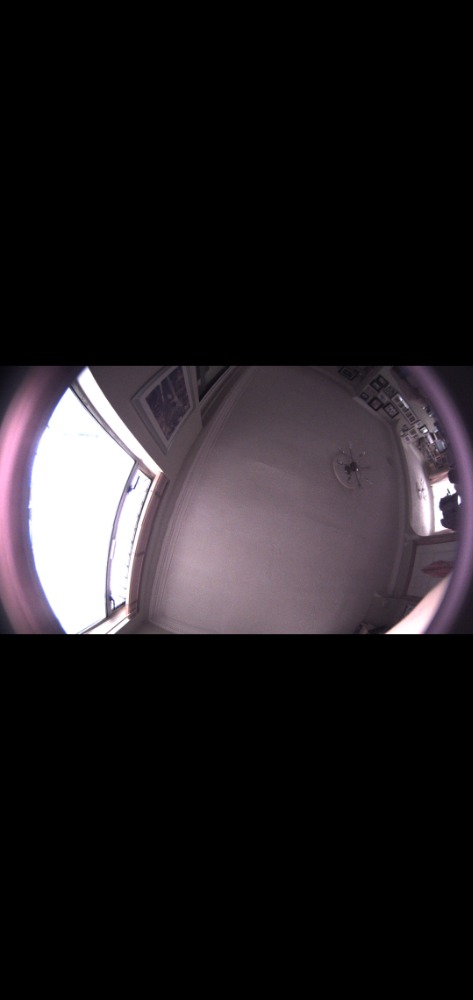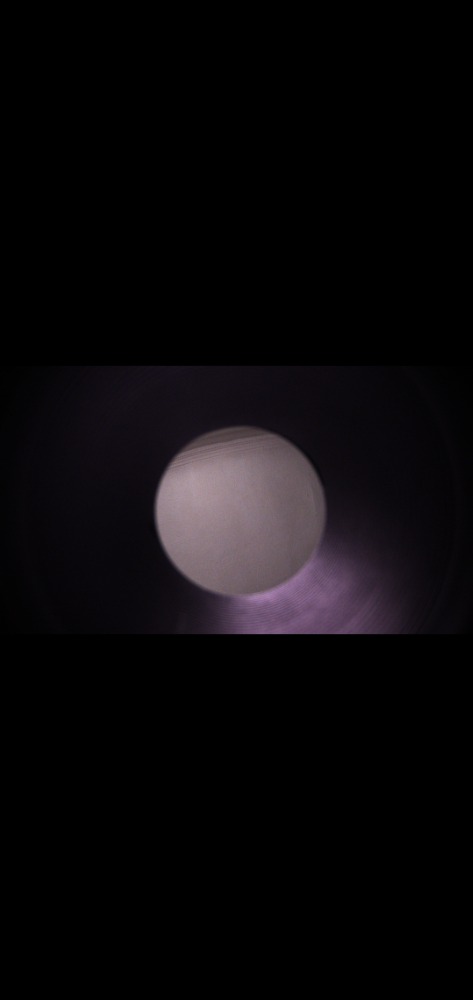- Posts: 105
- Thank you received: 155
Planetary camera field of view with 1.25 adapter
- Neil40
- Topic Author
- Offline
- Main Sequence
-

Less
More
3 years 4 months ago #110716
by Neil40
Planetary camera field of view with 1.25 adapter was created by Neil40
Hi all I know this is probably a silly question but I was tinkering with my Zwo camera and wondering about its field of view. Its field of view is quite large before I put the scope adapter on it. It decreases massively when I put it on. It seems like by using the adapter you give up a huge amount of field. Does the adapter take so much away from the field of they for a reason? Like so a planet will be at the centre and nothing else? If I wanted to image Andromeda for example it wouldn't fit in. And then when I put it through my 3x Gary Barlow it gets even smaller. Ill get use to my camera eventually but until then you'll have to put up with my newbie questions!
I've attached some examples.
Thanks
Neil
Thanks
Neil
The following user(s) said Thank You: Until_then-Goodnight!
Please Log in or Create an account to join the conversation.
- stepryan
- Offline
- Red Giant
-

Less
More
- Posts: 746
- Thank you received: 27
3 years 4 months ago - 3 years 4 months ago #110717
by stepryan
Replied by stepryan on topic Planetary camera field of view with 1.25 adapter
Hi Neil,
The field of view (what you can see in your camera) will depend on the focal length of your telescope + camera + barlow. If your telescope is say f/6 and you are using a X3 barlow you are up to f/18 which is 3 times smaller window. For planets and most smaller DSO's such as galaxies this is not a drawback as they are relatively small. You are effectively magnifying the image. It would be easier to focus on an object in the center of your field of view before adding any barlow. Focusing will also depend on the weather. If the seeing is bad (blurry) it will harder to achieve a focus.
If you want to image objects that are larger such as M32 you need a shorter focal length. You can achieve this with a focal reducer depending on your scope of course.
Stellarium which is a free program has options that allow you to either use cameras and scopes that are built in, or add your own. You can create an overlay which you can use to see what your camera / telescope will show in your field of view. It will also do this for eyepieces and barlows etc if you are observing optically.
Ideally before you starting getting two far into this you should read some books. Below are a few books that i have read. Although the first is specifically about DSLR cameras , there is a lot of information that applies generally as well. The second book is more generic and covers the different types of cameras rather than just DSLR's. They both also cover many other things such as mounts, software, processing etc. The problem with books is that information on hardware will eventually become obsolete but the techniques will take longer to change.
Stephen .
Digital SLR Astrophotography (Practical Amateur Astronomy)
The Astrophotography Manual: A Practical and Scientific Approach to Deep Sky Imaging
The field of view (what you can see in your camera) will depend on the focal length of your telescope + camera + barlow. If your telescope is say f/6 and you are using a X3 barlow you are up to f/18 which is 3 times smaller window. For planets and most smaller DSO's such as galaxies this is not a drawback as they are relatively small. You are effectively magnifying the image. It would be easier to focus on an object in the center of your field of view before adding any barlow. Focusing will also depend on the weather. If the seeing is bad (blurry) it will harder to achieve a focus.
If you want to image objects that are larger such as M32 you need a shorter focal length. You can achieve this with a focal reducer depending on your scope of course.
Stellarium which is a free program has options that allow you to either use cameras and scopes that are built in, or add your own. You can create an overlay which you can use to see what your camera / telescope will show in your field of view. It will also do this for eyepieces and barlows etc if you are observing optically.
Ideally before you starting getting two far into this you should read some books. Below are a few books that i have read. Although the first is specifically about DSLR cameras , there is a lot of information that applies generally as well. The second book is more generic and covers the different types of cameras rather than just DSLR's. They both also cover many other things such as mounts, software, processing etc. The problem with books is that information on hardware will eventually become obsolete but the techniques will take longer to change.
Stephen .
Digital SLR Astrophotography (Practical Amateur Astronomy)
The Astrophotography Manual: A Practical and Scientific Approach to Deep Sky Imaging
Last edit: 3 years 4 months ago by stepryan.
The following user(s) said Thank You: Until_then-Goodnight!
Please Log in or Create an account to join the conversation.
- Neil40
- Topic Author
- Offline
- Main Sequence
-

Less
More
- Posts: 105
- Thank you received: 155
3 years 4 months ago #110718
by Neil40
Replied by Neil40 on topic Planetary camera field of view with 1.25 adapter
Thanks for that Stepryan. Ill give it a bit of a go the next clear night we have. Ill check out those books for sure. I think I just need to take my time and be patient. The next think is a mount for the binoculars. Nearly had a breakdown trying to get a pic of the orion nebula last night.
Cheers
Neil
Cheers
Neil
Please Log in or Create an account to join the conversation.
Time to create page: 0.094 seconds





